Network Switching
- Home
- Network Switching
Network Switching
The transport of data packets or blocks across a network switch is known as switching in information technology and computer networking. Switches transmit data from source ports on computers and other devices to destination ports on routers and other devices. A switch is a component of hardware that enables switching in a network infrastructure. The switch links network components, like servers and PCs, together.
A switch makes it possible for numerous devices to use a network without interfering with each other’s traffic. At a busy crossroads, the switch serves as a traffic enforcer. The switch determines which way a data packet is traveling when it arrives at one of its ports. The packet is subsequently forwarded using the appropriate port for its destination.Devices that are directly connected to the switch, such as computers or voice-over-IP (VoIP) phones, may send certain data packets there. Through a network component like a hub or router, the switch may receive additional data packets from devices that are not directly connected to it.
The switch can immediately transport data packets between the devices linked to it since it is aware of who is connected to it on the network. In other circumstances, data packets may be traveling to distant locations across different networks. In such a case, the packets are sent by a switch to a router, which then sends them to their intended locations on the network.
1.Unmanaged switches
2.Managed switches
3.Fixed switches
4.Modular switches
Unmanaged switches have minimal capacity and just basic connectivity. They can be configured to work without having to be customized in any way because they are simply “plug and play” devices. Small networks without strict security or availability requirements frequently employ unmanaged switches.
Managed switches, which are intended for usage in large, sophisticated networks that demand dependability and security, must be configured by networking experts. Compared to unmanaged switches, these switches offer larger capacity and give greater operational flexibility and control. Additionally, managed switches can automate the deployment of software updates, provide network analytics, and streamline management.
There are 8, 12, 24, or 48 downlink ports on fixed switches. Each downlink port can power the devices by connecting them to a fixed switch. Uplink ports are frequently modular, allowing for the exchange of network modules to increase the switch’s overall throughput. Ports can be connected using copper cables for PoE or fiber cables for increased throughput.
Compared to fixed switches, modular switches offer greater flexibility because they can be customized. These switches frequently include 4, 7, or 10 slots for line cards, each of which can carry a different number and kind of ports. The switches can be set up by networking professionals to support the networking requirements of a business.
providing instance, line cards providing features like access ports, routing, security, and others can be taken out of the slots and replaced with newer models. The arrangement of power supplies and fan trays may also allow for flexibility. The future extension and lengthy lifecycles are made possible by these modular features.
And fixed switches can be stacked. They are frequently piled together, with each one serving as a single switch.
Modular switches, which are further discussed below, can be a good choice when more than 144 ports are required.
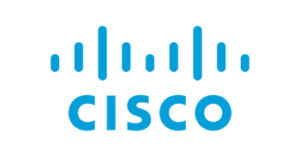
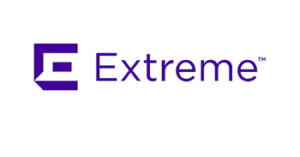
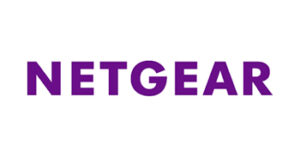
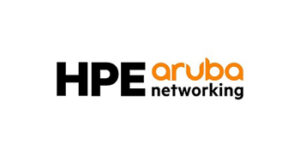

Offer first-rate experiences. Be a draw for creativity and talent. sharpen your competitive advantage. Let our switches, both new and old, assist you with everything.
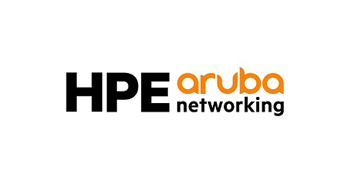
Adapt to the changing networking needs of your campus core and data center. With intelligent automation, distributed analytics, and always-on infrastructure, operations may be made simpler.
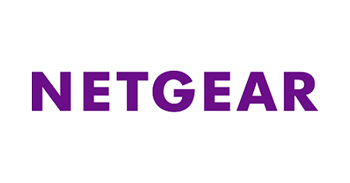
There are many different kinds of Ethernet switches, with choices for management methods, port counts, PoE capabilities, and port speeds. Check out the many switch categories we have listed below, which are likely to meet your growing network demands.
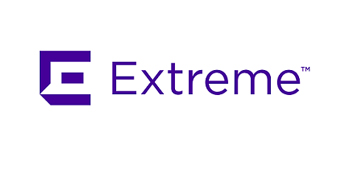
We can meet all of your administration and reporting needs, whether they are on-premises, in the cloud, or somewhere in between. Extreme accelerates the deployment, monitoring, and support for tens of thousands of your switches using a set of management and orchestration tools. With full policy control, end-to-end security, advanced analytics, and insights, combine your wired and wireless networks.
Request for services
Discover more about how we can guide your company through the coming phase. Please let us know your interests so that we can more effectively assist you.
